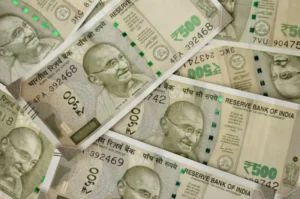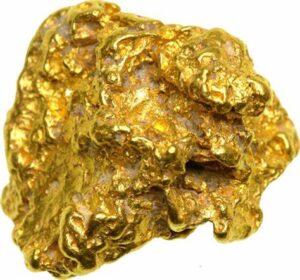Gold, the oldest precious metal known to humanity, holds multifaceted significance as a global currency, commodity, investment vehicle, and symbol of beauty. Here are the key characteristics, global supply-demand dynamics, and market insights:
Key Characteristics:
- Gold serves as both a commodity and a monetary asset, prized for its stability and enduring value.
- Its indestructibility ensures high rates of recovery and recycling, maintaining a relatively constant stock over time.
- Gold consumption differs from traditional economic consumption as its stock remains steady while ownership shifts.
- Despite inelastic mine production, readily available recycled gold helps stabilize prices when needed.
Global Supply-Demand Scenario:
- Total above-ground gold stocks are estimated around 163,000 tonnes, with jewelry, official reserves, investment, and industrial use comprising major holdings.
- Jewelry represents the largest share of annual gold demand, followed by investment and industrial sectors.
- Top consumers include India, China, USA, Turkey, Saudi Arabia, and UAE, each driven by distinct socio-economic factors.
- Annual global mine production averages approximately 2,455 tonnes, supplemented by recycling and official sector sales.
World Gold Markets:
- Over-the-counter (OTC) markets in London (LBMA), New York, and Zurich, along with derivative exchanges in New York (COMEX), Tokyo (TOCOM), and Mumbai (MCX), are crucial hubs.
- Istanbul, Dubai, Hong Kong, and Singapore serve as gateways to significant consuming regions.
Indian Gold Market:
- India leads global gold consumption, traditionally accounting for a quarter of worldwide purchases.
- Price increases have tempered demand, with imports expected to decline due to high prices.
- Gold holds cultural, religious, and investment significance in India, with a deeply ingrained hoarding tendency.
- Domestic consumption is influenced by seasonal factors such as monsoons, harvests, and wedding seasons.
- Commercial banks’ authorization to import gold has narrowed the price gap between international and domestic markets.
INDIA IN WORLD GOLD INDUSTRY
| Rounded figures | India (in Tons) | World (in Tons) | % Share |
|---|---|---|---|
| Total Stocks | 15000 | 160000 | 9 |
| Central Bank holding | 558 | 30,100 | 2 |
| Annual Production | 3 | 2450 | 0 |
| Annual Recycling | 250 | 1100 | 23 |
| Annual Demand | 700 | 3550 | 20 |
| Annual Imports | 600 | — | — |
| Annual Exports | 60 | — | — |
Market Moving Factors:
- Indian gold prices closely track international rates, though fluctuations in the INR-USD exchange rate also impact domestic prices.
- Global prices are influenced by macroeconomic factors, supply-demand dynamics, currency fluctuations, and central bank actions.
- Shifts in official gold reserves and comparative returns from other markets affect investor sentiment.
- Domestically, seasonal factors and rural economic conditions play significant roles in driving demand and prices.
Understanding these dynamics is crucial for participants in the gold market, as they navigate the intricate interplay of global economics, cultural traditions, and market forces.
MEASUREMENTS – WEIGHT CONVERSION TABLE
| To Convert From | To | Multiply By |
|---|---|---|
| Troy Ounce | Grams | 31.1035 |
| Grams | Troy Ounce | 0.0321507 |
| Kilograms | Troy Ounce | 32.1507 |
| Kilograms | Tolas | 85.755 |
PURITY
- Gold purity is measured in terms of karats and fineness
- Karat: Pure gold is defined as 24 karat
- Fineness: Parts per thousand
- Thus, 18 karat = (18/24)th of 1000 parts = 750 fineness





















+ There are no comments
Add yours